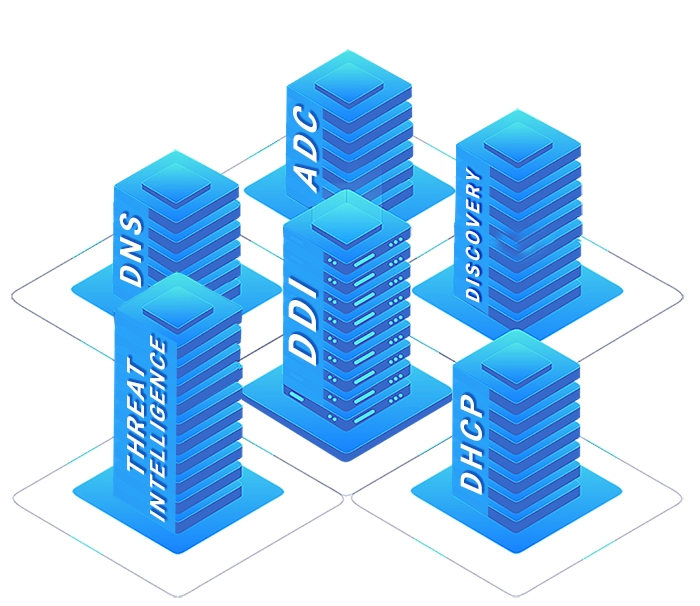Welcome to TCPWave's High Availability capabilities, where we
provide reliable and robust solutions for your critical IT
infrastructure needs. We understand the importance of ensuring your
business-critical applications and services always remain
operational. We are the leading provider of network infrastructure
solutions with a strong focus on high availability (HA) capabilities.
The DDI controller and DDI/ADC remotes offer HA support for
active-active and active-passive setups, providing customers with a
reliable and resilient network infrastructure that ensures business
continuity. Our HA capabilities are based on our resilient mesh
architecture, which employs SQL database replication using database
clustering technology with secure streaming on the management plane.
It also uses a publisher/subscriber-based messaging framework for
secure communication between the HA members. This guarantees that
even in the event of a failure, there is no data loss, and all
devices can continue to function without interruption. Additionally,
it allows for seamless failover and failback, ensuring minimal
downtime and maximum uptime.













